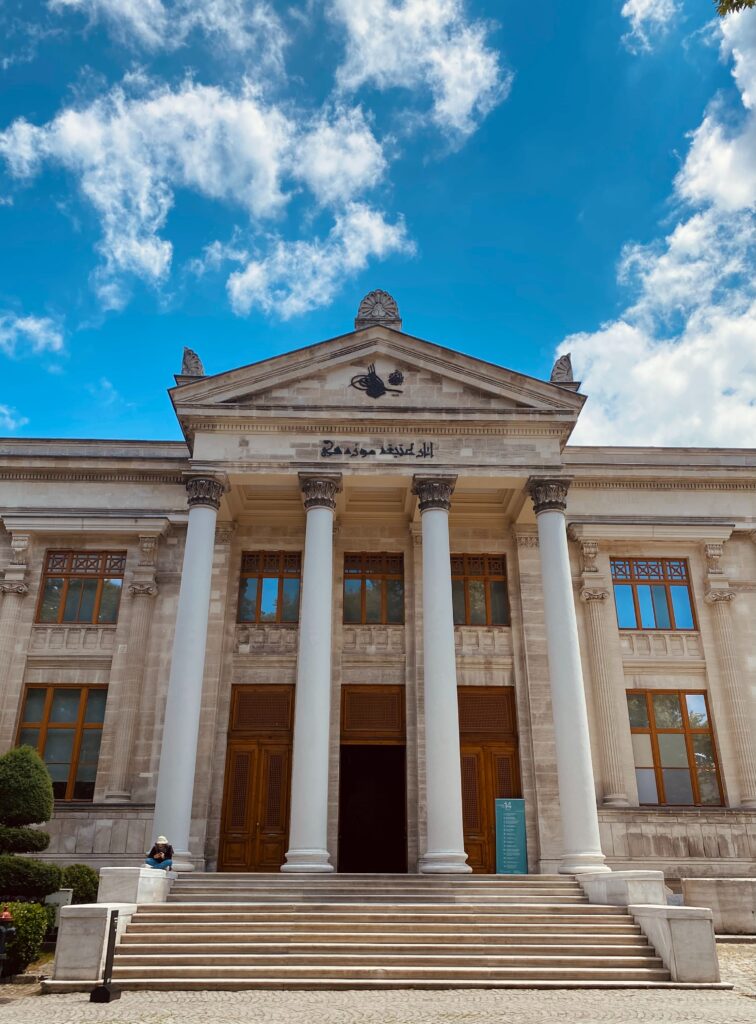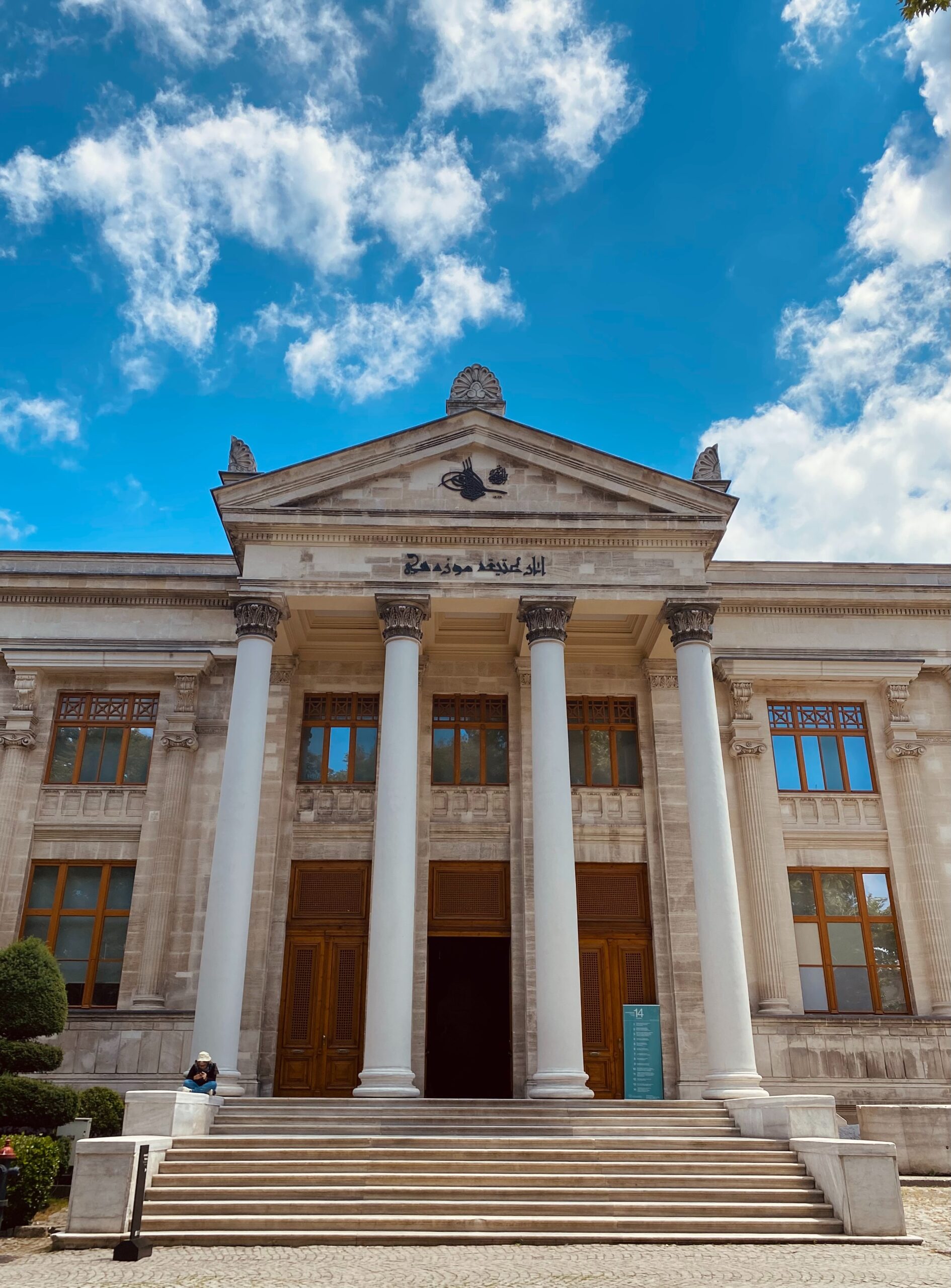
Welcome to the enchanting world of Istanbul Archaeology Museums. This hidden gem in the heart of Istanbul offers a captivating journey through time, showcasing a vast collection of artifacts that span numerous civilizations.
From the ancient wonders of the Hittites and Assyrians to the grandeur of the Byzantine and Ottoman empires, this museum complex is a treasure trove of history and culture. Join us as we delve into the rich heritage of the Istanbul Archaeology Museums and uncover the secrets of the past.
Brief History
The roots of the Istanbul Archaeology Museums can be traced back to the late 19th century when Turkey’s ancient artifacts were being removed and sent to European museums. In response to this loss, a visionary master painter and archaeologist, Osman Hamdi Bey, founded the museum in 1875. His mission was to preserve Turkey’s rich cultural heritage and create a space where these treasures could be showcased for generations to come. The museum was initially established as the Imperial Museum, later becoming the Istanbul Archaeology Museums as we know them today.
What to See
Archaeology Museum: A Journey Through Time

Step into the Archaeology Museum and prepare to be transported through the annals of history. This section of the complex houses an impressive collection of artifacts dating back to various civilizations. Marvel at the legendary Alexander Sarcophagus, believed to hold the remains of the Sidon King Abdalonymus. The intricate carvings depicting scenes from the life of Alexander the Great are truly awe-inspiring.
As you explore further, you’ll encounter the Tabnit Sarcophagus, another remarkable find from the Sidon King Necropolis excavation. Don’t miss the Crying Women Sarcophagus, adorned with intricate reliefs that depict mourners bidding farewell to the deceased. These sarcophagi provide a glimpse into the artistry and beliefs of ancient civilizations.
The Archaeology Museum also boasts an extensive collection of statues, including the Brankhit statues from Didim-Miletus, which offer a glimpse into the art of the Archaic and Roman eras. The exhibition halls guide visitors through the ancient center, showcasing the magnificent sculptures from Aphrodisias, Ephesus, and Miletos.
Ancient Oriental Artifacts Museum: Unveiling the East

Immerse yourself in the mystique of the Ancient Oriental Artifacts Museum. This section of the complex houses a remarkable collection of pre-Islamic artifacts from the Ottoman Empire. Discover the oldest peace treaty in the world, the Treaty of Kadesh, written in cuneiform script and signed in 1274 BCE. Marvel at the intricate blue-and-yellow glazed-brick panels that once adorned the processional street and the Ishtar Gate of ancient Babylon.
One of the highlights of this museum is the oldest love poem from the ancient Babylonian era. Step back in time as you read the tender words of affection inscribed on a clay tablet, a testament to the timeless nature of love.
Tiled Kiosk Museum: A Feast for the Eyes

The Tiled Kiosk Museum, also known as the Islamic Art Museum, is a visual delight. Step into this elegant pavilion, constructed in 1472 by Mehmet the Conqueror, and behold the splendor of Seljuk, Anatolian, and Ottoman tiles and ceramics. Admire the stunning Tile Mihrab from the Karamanoğlu İbrahim Bey Imaret, a masterpiece of Islamic artistry.
The Tiled Kiosk Museum also houses Sultan Murat III’s Fountain of Youth, a captivating example of Ottoman craftsmanship. Let your imagination wander as you marvel at the intricate designs and imagine the stories these beautiful artifacts hold.
Practical Details
Visiting Hours
The Istanbul Archaeology Museums are open daily from 9 am to 6:30 pm. Please note that the ticket kiosk closes at 6:00 pm, so make sure to arrive early to fully immerse yourself in the wonders of the museum.
Admission Charge
To enter the Istanbul Archaeology Museums, there is an admission fee of 200 Turkish Lira per person. However, holders of a Museum Card can enjoy free entry. Don’t miss out on this opportunity to explore the captivating world of ancient history and art.
Location
The Istanbul Archaeology Museums are conveniently located within the beautiful Gulhane Park, adjacent to the iconic Topkapi Palace. You can easily reach the museum by taking a tram to Gulhane and enjoying a short stroll through the park. The address is: Osman Hamdi Bey Yokuşu, Gülhane, Fatih, Istanbul.
Ideal Time to Visit
To fully appreciate the Istanbul Archaeology Museums, it’s recommended to visit during weekdays and early mornings to avoid larger crowds. This will allow you to explore the exhibits at your own pace and take in the intricate details of each artifact. Additionally, visiting during the morning hours offers the best natural lighting for photography enthusiasts.
Insider Suggestions
- Take your time to immerse yourself in the exhibits and read the informative descriptions accompanying each artifact. This will enhance your understanding and appreciation of the rich history on display.
- Don’t forget to bring a camera or smartphone to capture the breathtaking beauty of the artifacts. However, please be mindful of the museum’s photography policies and refrain from using flash to preserve the delicate nature of the exhibits.
- Consider joining a guided tour to gain deeper insights into the stories behind the artifacts. Knowledgeable guides can provide fascinating anecdotes and historical context that will enrich your museum experience.
Nearby Attractions
While visiting the Istanbul Archaeology Museums, take the opportunity to explore the surrounding attractions. Here are some highlights worth considering:
- Topkapi Palace: Just a stone’s throw away from the museum complex, this majestic palace was once the residence of Ottoman sultans. Explore its opulent halls, admire the stunning views of the Bosporus, and delve into the rich history of the Ottoman Empire.
- Hagia Sophia: A short walk from the museum, Hagia Sophia is a UNESCO World Heritage Site and a symbol of Istanbul’s diverse cultural heritage. Marvel at its breathtaking architecture and explore the fascinating blend of Byzantine and Ottoman influences.
- Blue Mosque: Located in the Sultanahmet area, the Blue Mosque, also known as the Sultan Ahmed Mosque, is a masterpiece of Ottoman architecture. Admire its stunning blue tilework and serene interior as you soak in the peaceful ambiance.
Conclusion
The Istanbul Archaeology Museums offer a captivating journey back in time, unravelling the mysteries of ancient civilizations. From the grandeur of the Archaeology Museum to the intricate beauty of the Ancient Oriental Artifacts Museum and the Tiled Kiosk Museum, this complex is a testament to Turkey’s rich cultural heritage. Immerse yourself in the wonders of the past and let the artifacts tell their stories. Share your experiences, ask questions, and continue to explore the fascinating world of Istanbul’s archaeological treasures.

